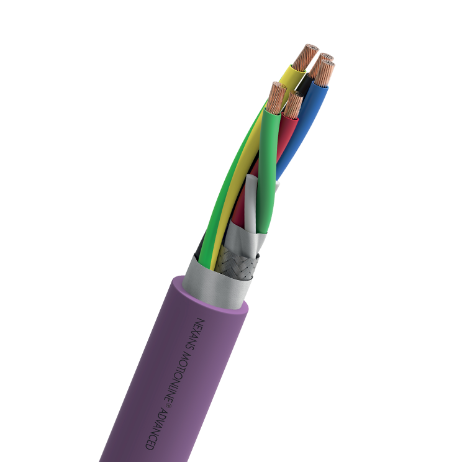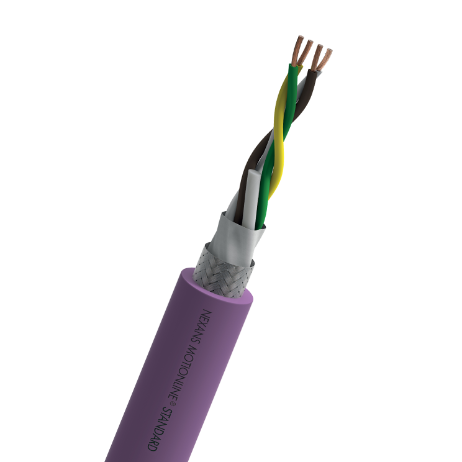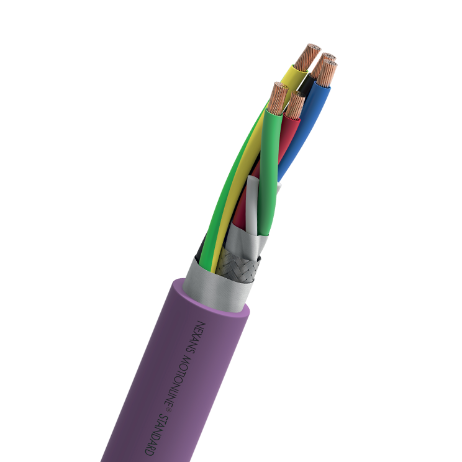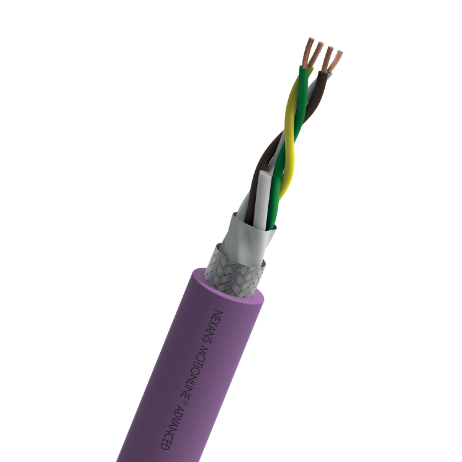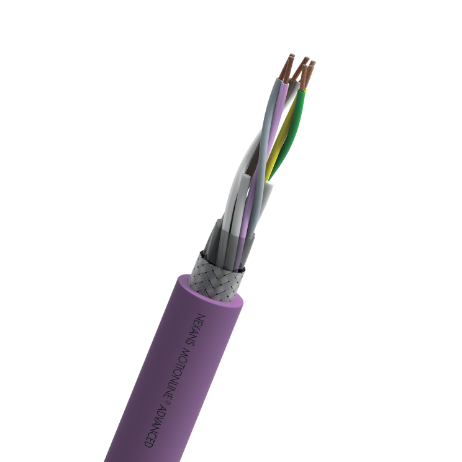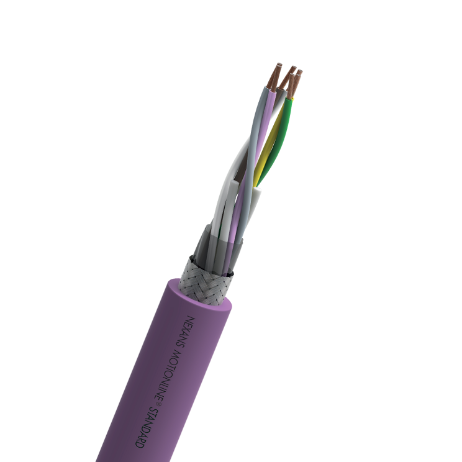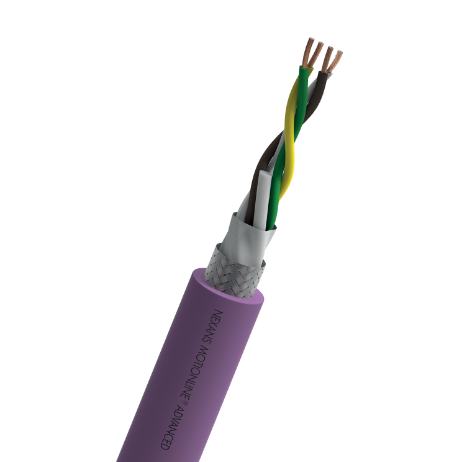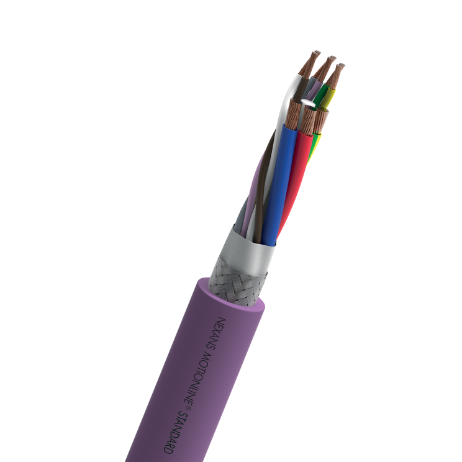Bus/Ethernet Cables
Since the beginning of the 80s Bus Systems are well known through the EDP (electronic data processing). Because of the high hardware costs the first typical structures were mainframes which controlled the whole data handling and organized several terminals. For this structure (so called "Star Topologies") there is a need for a connection between every work station and the mainframe which means a tremendous effort of cabling. Due to the decreasing hardware costs the terminals were replaced through PCs and workstations which were able to organize the main part of data processing by themselves. Now the mainframes could be replaced through less efficiently but cheaper mini computers or workstations. The communication between the single computers was reconverted to Bus systems (Ethernet, Thinethernet, Arcnet) or "ring topologies" (Token Ring etc.), which allows a simple and flexible cabling above always one cable.
The same effect was observed in/realized for the machinery and installation engineering. The central configuration of the electrical shift units, control technic and in-/output-devices in switchboards means a high effort of cabling and restricted flexibility in kind of any enhancements or necessary accommodations. Above all the high number of contacts and conductors means a waste of time in trouble shooting by implementing and service. An advantage could be the decentralisation of the electric components, e.g. the transfer of the control- and shift-units directly to the periphery of the machine or construction. Instead of an thick stranded cable there is just a thin cable remaining.
Furthermore the networking of systems gains an increase of interest, especially the decentral distributed intelligence in the Industry- Building- Environmentor Traffic-Automation. Here Bus Systems are used as an communication medium for sectored actuators, sensors and steering in the automation technic and all over there where electronic modules has to be connected without a big effort of cabling. Only one cable connects all components.
Advantages of bus systems = Relevant cost advantages:
- Less wiring/cabling
- Small floor space in switchboards
- More transparency
- Faster diagnose
- Better availability
- Higher safety
- 16 families
Our websites
Select your country to find our products and solutions
-
Africa
- Africa
- Ghana
- Ivory Coast
- Morocco
- North West Africa
- Americas
- Asia
- Europe
- Oceania
